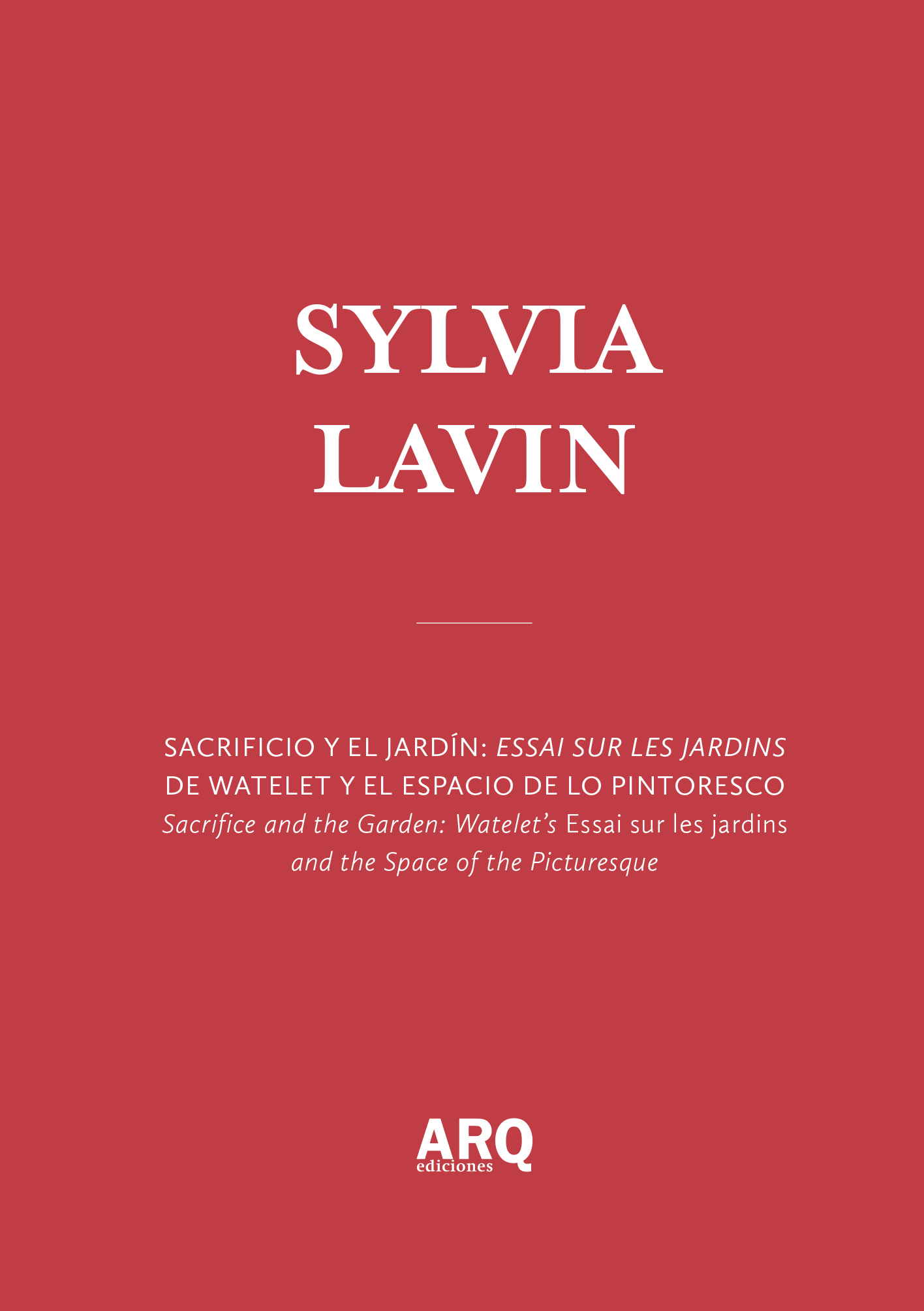Sylvia Lavin, Camila Reyes Alé (ed.)
Softcover
12 x 17 cm | 115 pp.
Spanish / English
ISBN: 978-956-6204-08-4
“[...] the architectural culture of the eighteenth century could simply not be understood without giving to the picturesque a central, if not dominant place. Many fundamental questions, such as the relation between visual and textual modes of representation, developments in the social role of writings about the arts, new forms of subjectivity, to name just a few, came together in the picturesque garden and gave it a position of still unmatched epistemological distinction” [from Sacrifice and the Garden].
“Model making has functioned not only as an operation characteristic of certain forms of production or professional institutions, but also as a significant cultural technique when, under delimited historical situations, it intersected with other epistemic, technological, and social systems. [...] More broadly, however, this formulation suggests a method for taking scholarly responsibility to consider the present by asking “what is architectural model making doing today?” or rather, “what more could architectural model making do today?” [from One to What?].
Buy book → / Read on ARQ+
Softcover
12 x 17 cm | 115 pp.
Spanish / English
ISBN: 978-956-6204-08-4
“[...] the architectural culture of the eighteenth century could simply not be understood without giving to the picturesque a central, if not dominant place. Many fundamental questions, such as the relation between visual and textual modes of representation, developments in the social role of writings about the arts, new forms of subjectivity, to name just a few, came together in the picturesque garden and gave it a position of still unmatched epistemological distinction” [from Sacrifice and the Garden].
“Model making has functioned not only as an operation characteristic of certain forms of production or professional institutions, but also as a significant cultural technique when, under delimited historical situations, it intersected with other epistemic, technological, and social systems. [...] More broadly, however, this formulation suggests a method for taking scholarly responsibility to consider the present by asking “what is architectural model making doing today?” or rather, “what more could architectural model making do today?” [from One to What?].
Buy book → / Read on ARQ+


